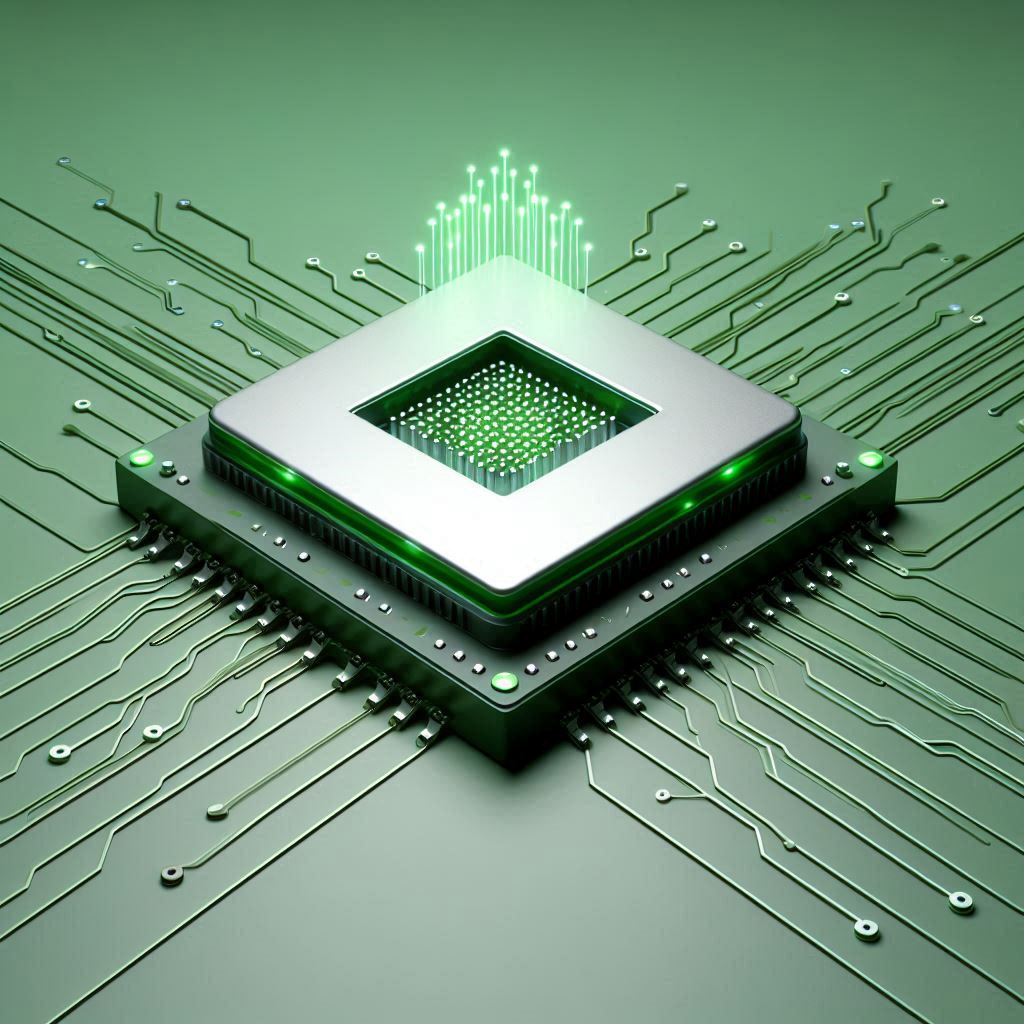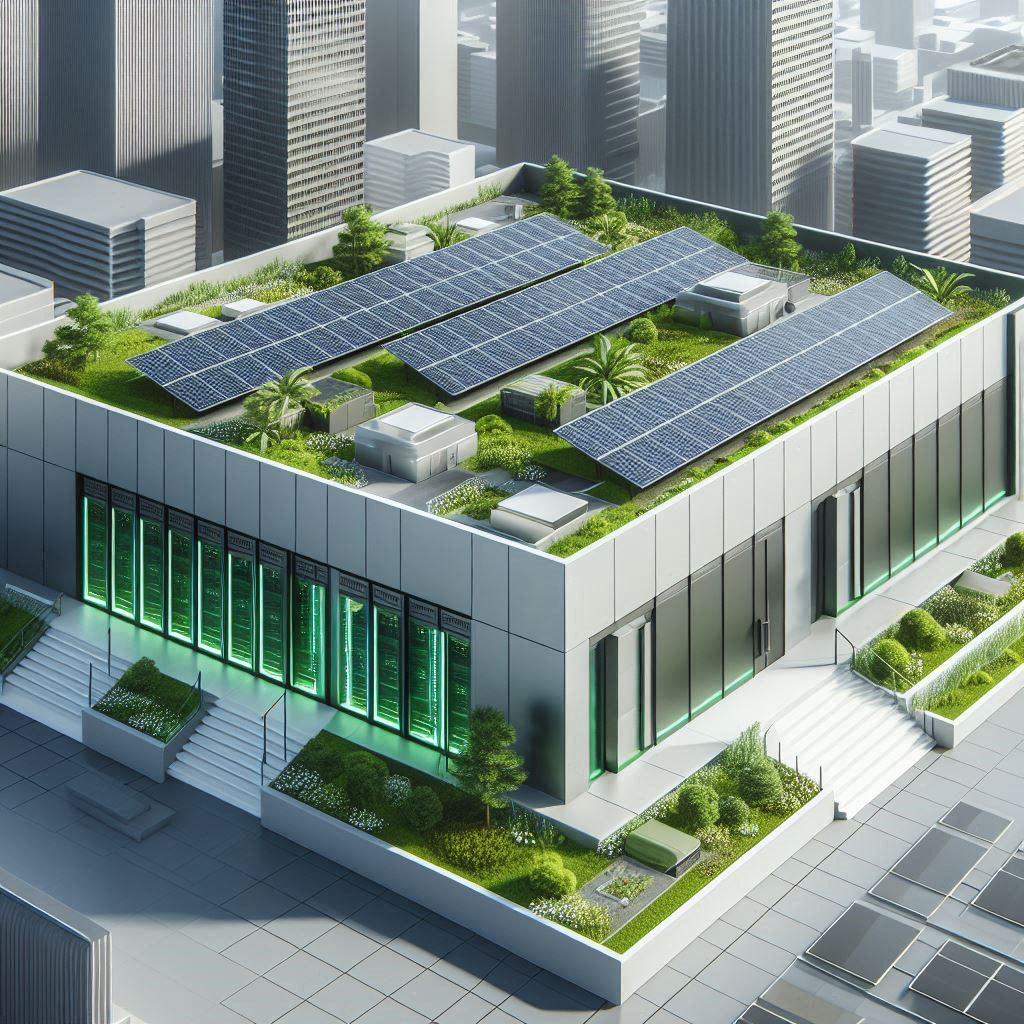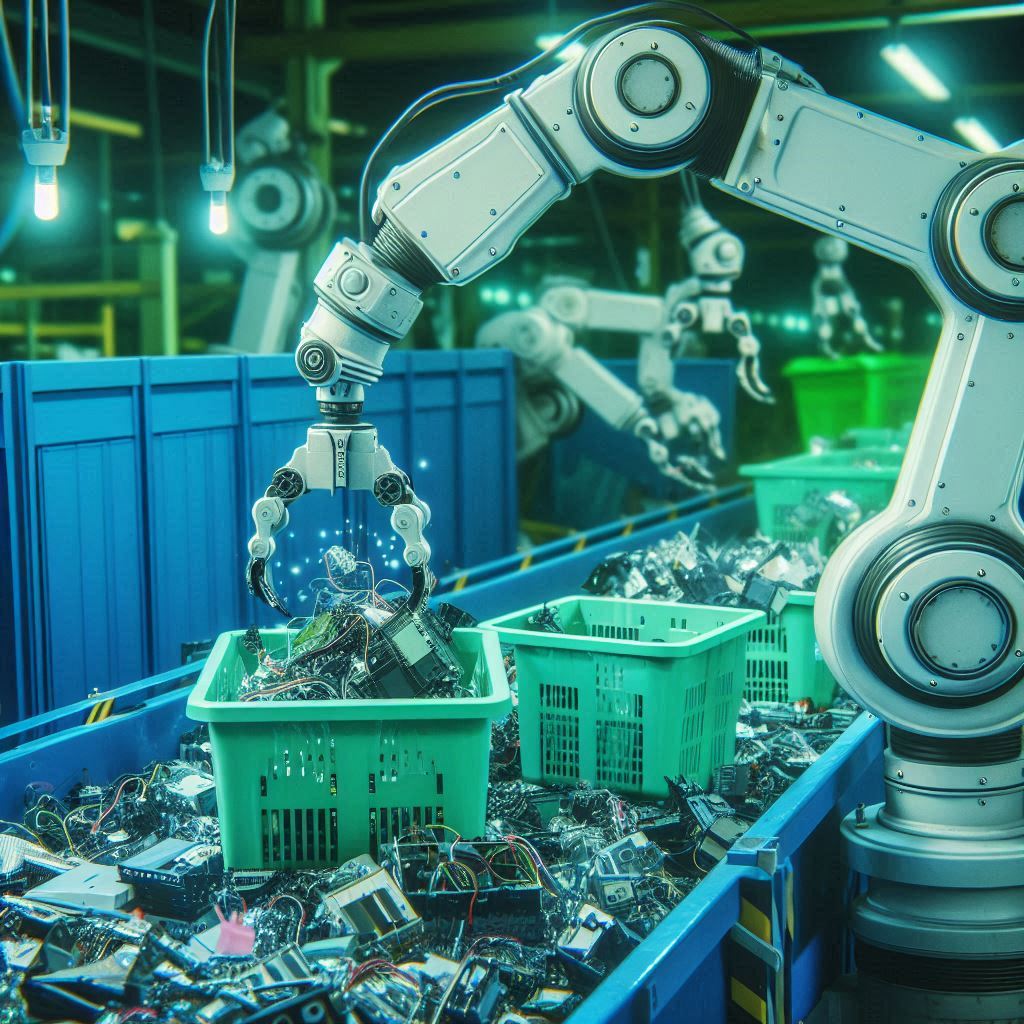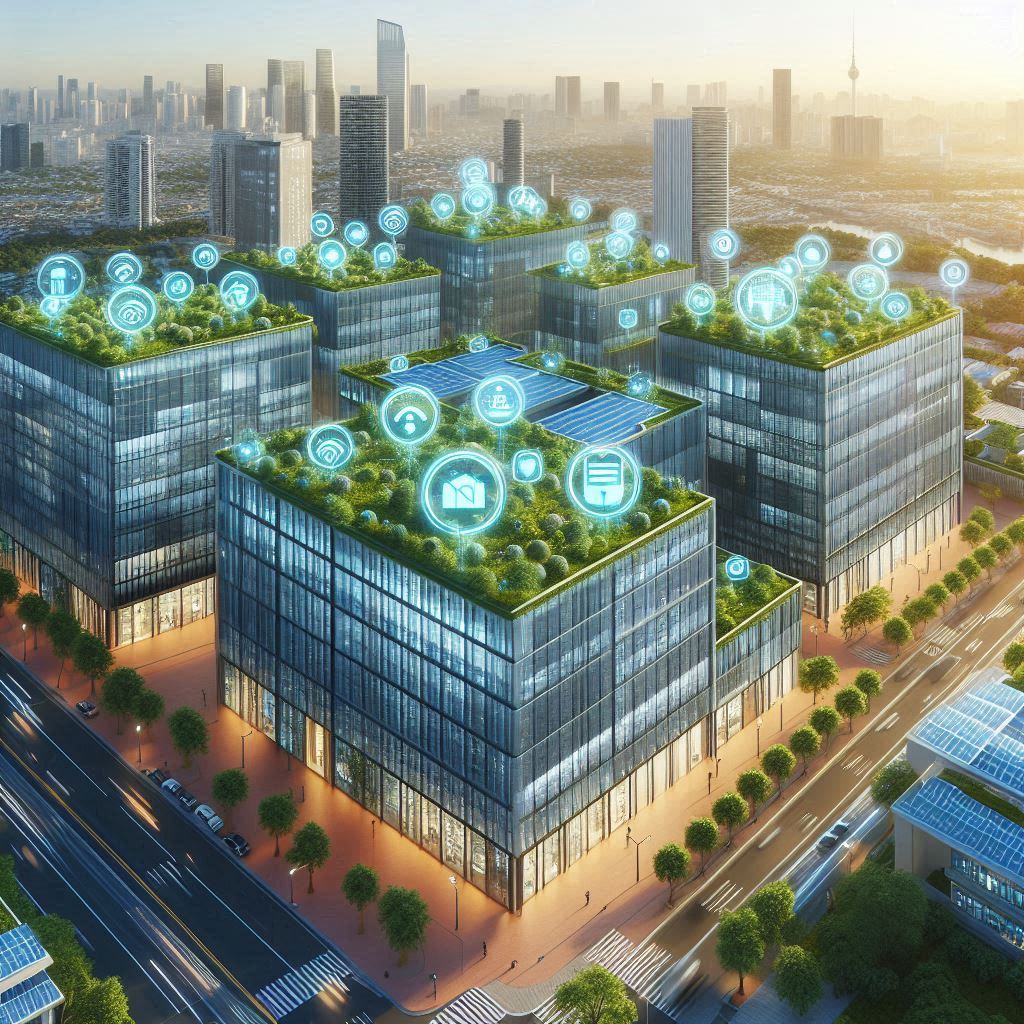Green IT: Technologies in the Fight for a Sustainable Future
At EnoughX, we are interested in how the technology sector can contribute to a more sustainable future. Green IT is a concept that focuses on reducing the environmental impact of information technology. This approach includes various strategies, from energy-efficient data centers to responsible management of electronic waste.

Key Points
- Energy efficiency of data centers
- Renewable energy sources in IT
- Extending device lifespan
- Reducing electronic waste
- Virtualization and cloud computing
- Conclusion
Energy efficiency of data centers
Energy efficiency of data centers is a key area of green IT. Data centers consume significant amounts of energy for server operation and cooling. By implementing advanced cooling systems and optimizing server utilization, we can significantly reduce energy consumption. For example, using natural cooling in colder regions or employing liquid cooling can significantly reduce the need for energy in air conditioning.
Renewable energy sources in IT
Renewable energy sources are playing an increasingly important role in the IT sector. Many technology companies are investing in solar and wind power plants to power their facilities. This trend not only reduces the industry's carbon footprint but also supports the development of clean energy on a broader scale.

Extending device lifespan
Extending the lifespan of devices is another important aspect of green IT. Manufacturing new devices consumes considerable resources and energy. By designing products with longer lifespans and providing better repair and upgrade options, we can reduce the need for frequent device replacements. This not only saves resources but also reduces the amount of electronic waste.
Reducing electronic waste
Reducing electronic waste is a critical challenge in the IT sector. Responsible recycling and reuse of components are key to minimizing environmental impact. Many companies are implementing take-back and recycling programs that allow consumers to return old devices for proper disposal or recycling.

Virtualization and cloud computing
Virtualization and cloud computing are technologies that significantly contribute to IT sustainability. These solutions enable more efficient use of hardware resources, leading to a reduction in the overall number of physical servers needed. This not only saves energy but also reduces the need for new hardware production.
Software optimization is another area where IT can contribute to sustainability. Efficiently programmed applications consume fewer computational resources and thus less energy. Developing energy-efficient algorithms and optimizing code can lead to significant energy savings in the long term.

The Internet of Things (IoT) and smart technologies also contribute to sustainability. These technologies enable better monitoring and management of energy consumption in buildings, industry, and cities. Smart grids and smart metering help optimize electricity distribution and reduce losses.
Remote work and video conferencing, which have become more common in recent years, also contribute to reducing the carbon footprint. They reduce the need for travel and thus emissions associated with transportation. IT infrastructure that supports these work models indirectly contributes to sustainability.

Conclusion
At EnoughX, we believe that education and raising awareness about green IT is crucial. Informing consumers and businesses about the environmental impact of their IT decisions can lead to more responsible choices when purchasing and using technologies.
Blockchain technology, although often criticized for its energy intensity, can also contribute to sustainability. For example, it can be used to track and verify sustainable supply chains or to support renewable energy trading.
Artificial intelligence and machine learning have the potential to significantly contribute to sustainability in IT. These technologies can be used to optimize energy systems, predict equipment maintenance to extend their lifespan, or improve the efficiency of recycling processes.
In conclusion, we can say that green IT represents a comprehensive approach to reducing the environmental impact of the technology sector. From energy efficiency to responsible management of electronic waste, there are many ways technologies can contribute to a more sustainable future.

